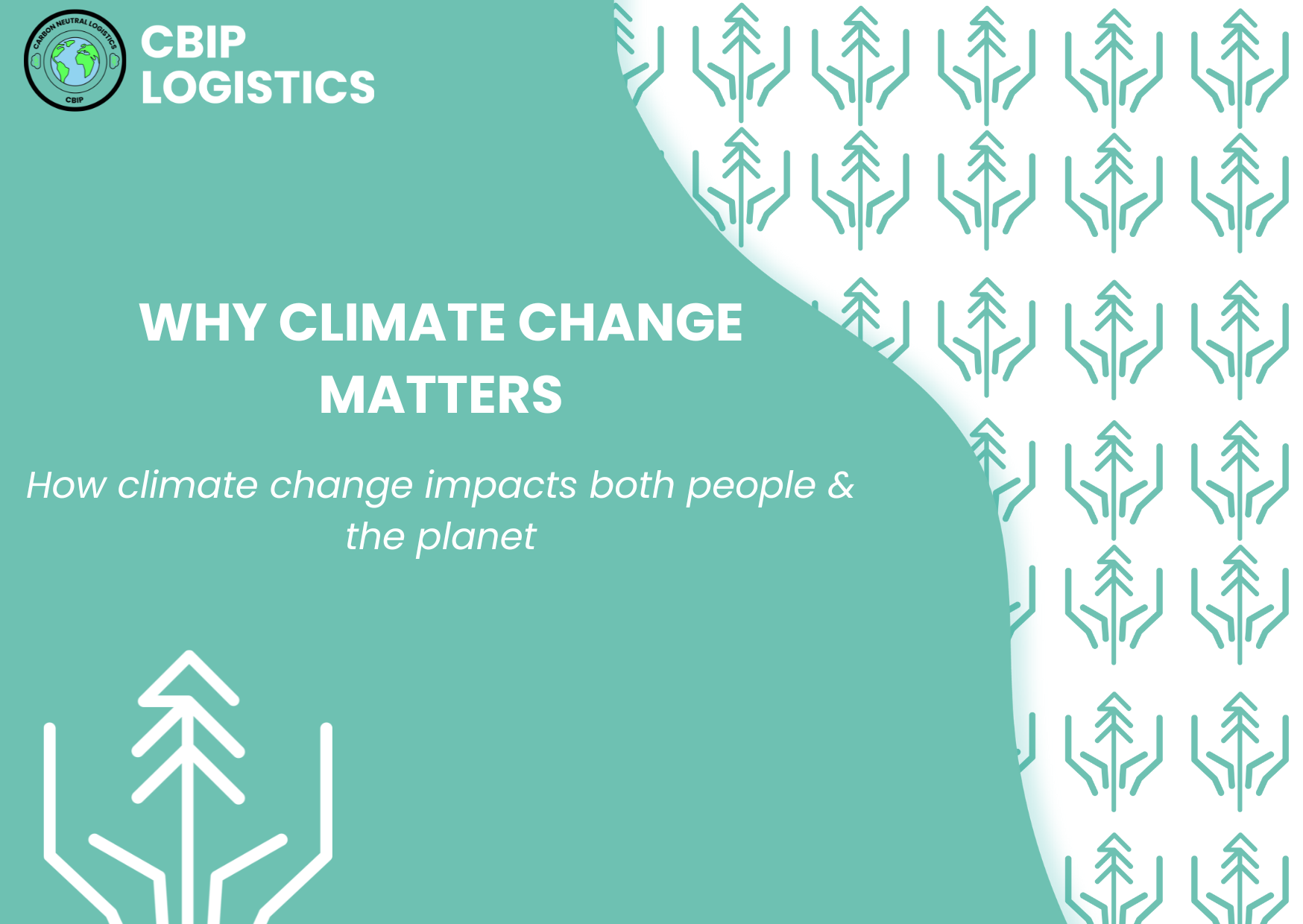Why climate change matters

People who have historically contributed the least amount of greenhouse gases to the atmosphere often face the worst impacts of climate change. The rise of the global average temperature on Earth contributes to worsening conditions for humans.
These impacts include severe droughts, desertification, intense flooding, wildfires, hurricanes, collapsing ecosystems, crop losses, extinctions of species, and rising sea levels.
Here are some zoomed-in examples of how climate change is impacting people and ecosystems today.
Island nations hit hard
Small ocean island nations that rely on coral reefs, sustainable fish populations, and consistent sea levels are losing land to the ocean every year. The schools of fish they rely on to feed themselves may be gone due to overfishing. Their reefs are dying as the ocean gets warmer.
The ocean absorbs carbon dioxide just like the atmosphere does, which makes waters more acidic. This ocean acidification causes coral reefs to die, and this means creatures and fish like Nemo and Dori no longer have a habitat and reliable food source. As coral reefs and the creatures that rely on them continue to die, the diversity of species declines rapidly.
These island nations may be forced to move away to survive the dwindling food supplies and rising tides.
Soil to sand
In African countries on the edges of the desert where land was once farmable, the desert is expanding. Prolonged droughts, along with extreme heat and less nutritious soil, are causing vital crops to fail. This causes subsistence farmers and their families to go without food, or it forces them to attempt to move with what little resources they have.
Some resort to cutting down more trees to use as fuel or to sell for money. Since forests create their own rain, slicing away at trees just exacerbates the desertification process.
Killer heat
Even in more developed and rich nations such as Italy or Spain, people are suffering from heat stroke and dying. Many major cities in Europe decided decades ago that the summers were bearable without air conditioning. Now, they are being forced to reconsider. Even in countries such as the U.S., which have many homes with air conditioning, homeless or poor individuals and families are left without many opportunities to stay cool during heat waves.
According to the World Health Organization, more than 70,000 people in Europe died during the 2023 heatwave alone.
Breathing toxins
Many industries and activities that release greenhouse gases such as carbon dioxide also release harmful air pollutants. Nitrous oxides, particulate matter, and sulphur dioxide are some of the many air pollutants that come from vehicles and heavy industries.
Densely populated cities often have worse air quality because of the amount of traffic congestion and factories closeby. While lower-income families have fewer resources to adapt to poor air quality, it negatively impacts people regardless of their financial situation. Asthma cases are on the rise in many countries, in part due to poor air quality.
Coastal towns and shipping
Fishing, tourism, and shipping are often major sources of income for towns and major cities along the ocean coasts around the world. These towns may have worse air quality and higher carbon emissions due to the volume of ocean vessels, trucks, and trains that come in and out of ports.
As climate change contributes to more frequent and more intense flooding and storms such as hurricanes, port and town infrastructure are put at risk more often. This also threatens revenue from tourism as a town will become less attractive for vacation if it’s too hot or seen as a dangerous place to visit because of storms.
Climate matters
Lower-income communities and countries don’t have the resources to fight the impacts of climate change. Even rich nations’ coastal walls and firefighter squads can only do so much to stop a hurricane or raging wildfire.
Many of the countries, island nations, high-risk coastal areas, and neighbourhoods next to heavy-industry are populated by black, indigenous, and other people of colour. BIPOC communities are often at a higher risk of being surrounded by poor air quality and living in places that are less safe for their families.
The world has the technology and knowledge required to lower emissions and fight climate change. The time to act on climate is now. That’s why CBIP is committed to making every package it has a role in shipping carbon-neutral.






